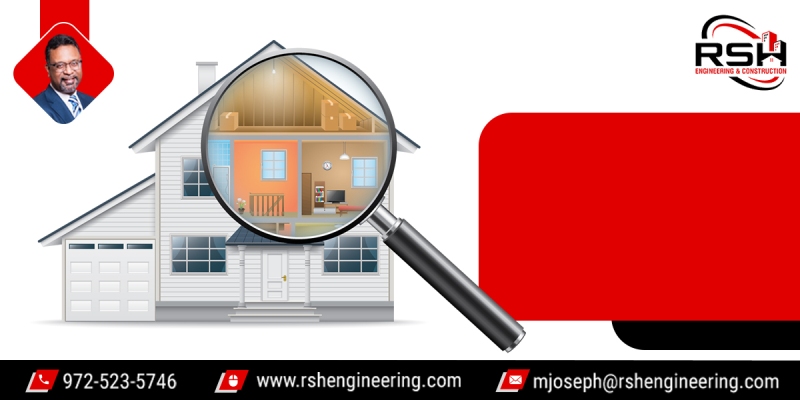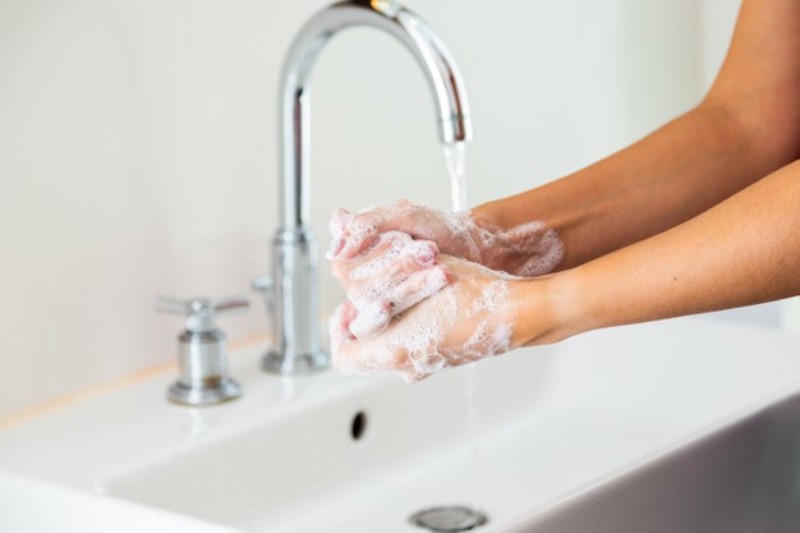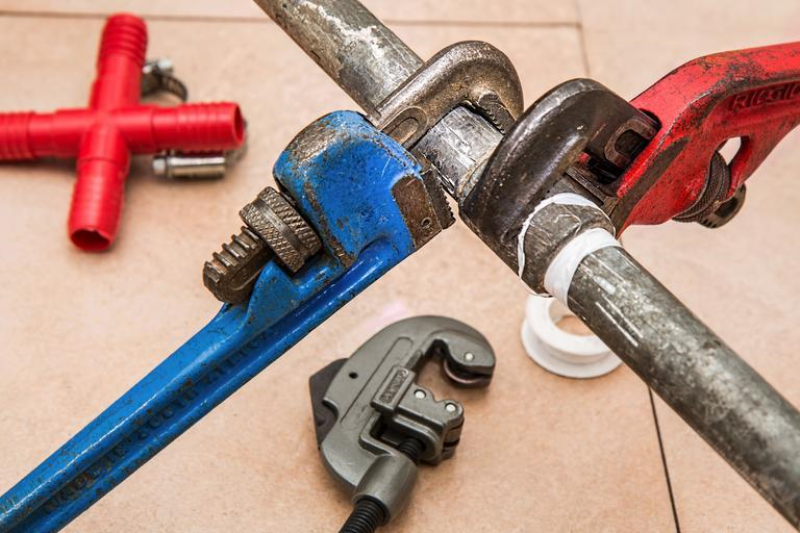Despite the inherent dangers of cranes and lifting equipment, you can prevent accidents if everyone involved is properly trained and follows safe operating procedures. When you get a mini crane hire service, keep the below-mentioned points in mind.
Invest in quality.
When it comes to crane safety, you can't skimp on anything—not the machines or the training, not maintenance or safety equipment, and not procedures and culture. If any of these factors are lacking, your chances of a severe accident increase exponentially. Organizations that invest heavily in their cranes have seen fewer injuries and accidents than those that didn't. And for a good reason: there's no substitute for quality!
Know the regulations.
All cranes and crane operators must be registered with the National Crane Register. This ensures that all operators are competent and qualified to use their equipment. In addition, crane operators must also hold a current certificate of competency issued by an accredited training provider.
Get the proper training.
Crane operators need the proper training to operate the machinery safely and understand how the crane works and what they can do with it. This includes knowing where, when, why and how they can use their equipment. For example, some cranes are not allowed near buildings or power lines, which red flags or warning lights will mark - but if you're unfamiliar with these markings, then there's a good chance that something similar could cause an accident.
Similarly, if your training has taught you about how dangerous a job site can be because of moving loads or overhead hazards such as power lines, then it's likely that these risks will seem less daunting than before when working on an actual project site.
Always conduct an inspection.
Regular inspections are crucial to ensure that you comply with safety regulations and best practices. The frequency of your inspections will depend on the type of crane, but it's recommended that you perform a thorough inspection every time the crane is used.
It's crucial to conduct a visual inspection before using a crane as well as after each shift because even if there aren't any apparent signs of damage, cracks can still form over time. You must get a detailed inspection conducted at least once per year; this includes checking all nuts and bolts for tightness, inspecting cables for fraying or other signs of wear, etc.
Practice crane maintenance.
Crane maintenance is essential. It's important to check your crane regularly and ensure it is in good working order before using it. It would be best if you looked at the condition of pulleys, ropes, hooks and other parts. If there are any signs of wear or damage, you need to replace them immediately.
You can prevent crushing accidents if you keep your gear in good working order by performing regular checks on it while ensuring that all staff have been trained to use it safely. While cranes and other heavy machinery are integral to the construction process, they can also be dangerous.
This is why it's essential to understand all the regulations that apply to your job site and follow them strictly. You should also invest in quality equipment and hire qualified technicians who can perform regular maintenance checks on all the equipment used at your company or facility.
Also Read: Digital Forensics: The Ultimate Guide








